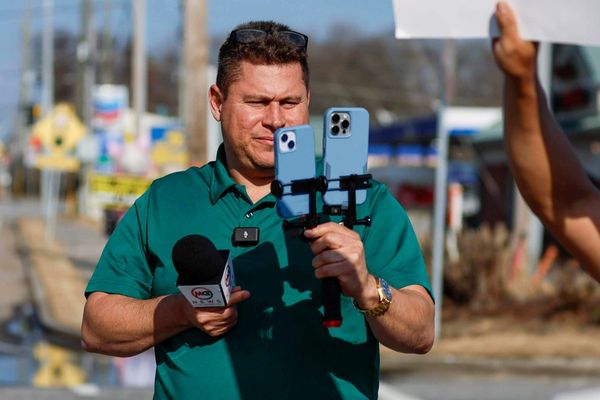NOTEBOOK
There is a frequently cited adage in journalism: if one person says it’s raining and another says it’s dry, the job of the journalist is not to just regurgitate ‘both sides’ but look out of the window and determine which one is accurate. While this has struck me as simplistic and not really applicable to most stories worth telling, it is particularly perilous to the reporter covering the weather and climate beat.
Any journalist who has been assigned to report on science and the environment would, at some point, have reported on the annual summer monsoon. To the newbie, monsoon means the end of summer, messy roads, and the R.K. Laxman cartoon of the soaked-to the-sandals meteorologist and the only one in the room without an umbrella. In due course, these perceptions become the monsoon reporter’s mantras: “When will it rain? When will it stop raining? Why does our monsoon department always get it wrong?” A senior meteorologist once gave me a two-word, all-encompassing answer: “It depends.”
Editorial | Time for change: On IMD’s 2022 monsoon forecast
The India Meteorological Department (IMD), arbiter of all things weather, forecasts in April and May how the monsoon, which lasts from June to September, is likely to progress. It also forecasts the advent of the monsoon in Kerala. The IMD does this a few days left or right of June 1. Some years ago, on May 28 or 29, when I was still new to the beat, I got off a call with a relative in Kerala who said it had been pouring and “monsoon” had set in with a vengeance. I checked on the IMD website and there was no declaration yet. I called up an official who said the monsoon hadn’t arrived. “But sir, it’s raining in Kerala,” I said. “Rain alone doesn’t make monsoon,” came the Yoda-like answer. The thought that my school education had been a lie zipped through my brain, but the statement “it depends” put things in perspective. Kerala, from where the monsoon begins its journey, must tick many boxes unlike the rest of the India, for monsoon to be declared. At least 60% of 14 stations, most of them in the State but some in Lakshadweep and Karnataka, must get 2.5 mm of rain on consecutive days. Then there are criteria such as ‘depth of westerlies’ and the ‘Outgoing Longwave Radiation’ that need to be met. The former indicates strong sustained winds and the latter is a long name for clouding. I learned my lesson and with it went the ‘look out of the window’ instruction.
A favourite word of IMD meteorologists, especially those who deal with the public, is ‘normal’. Few terms are as loaded. In 2009, the IMD said the monsoon would be 96% of the historical average. Into this is inbuilt a 5% error margin. So, any number from 101% to 91% and IMD could still claim to be accurate and the monsoon ‘normal’. That year saw a massive monsoon failure with India registering its biggest drought in 25 years. Rainfall was just 77% of the average. What was perturbing was that the signs of a disaster were present in June itself, with expectations that an El Nino, characterised by a warming of the Central Pacific, would dry up the monsoon. “How did you get it so wrong,” I demanded to know. Privately, meteorologists conceded that they knew a ‘deficit’ was looming. The IMD had a form of self-censorship in place to not use the term ‘drought’ and instead say ‘deficit.’ “Political considerations,” one of them told me.
Climate change, of late, has complicated the monsoon. In recent years, September, the month when the monsoon officially recedes, has started to witness multiple downpours and makes up for deficits in previous months. This rain usually spills over into October. “Isn’t all of this technically monsoon,” I once asked a meteorologist one October. “Well, yes. But our monsoon calendar is strictly June 1 to September 30. Anything before or after isn’t monsoon rain,” he replied. “But climate change has surely altered these patterns. Shouldn’t you account for it in some way,” I asked. Pat came the reply: “It depends.”
jacob.koshy@thehindu.co.in







